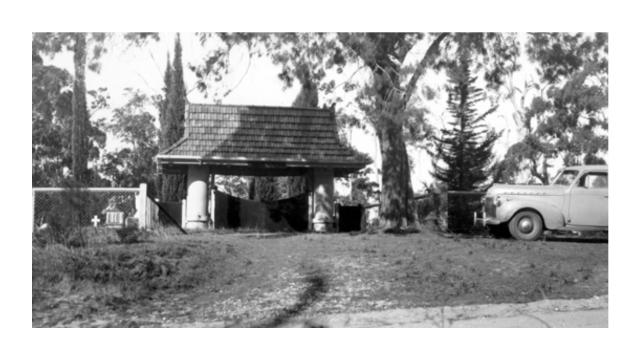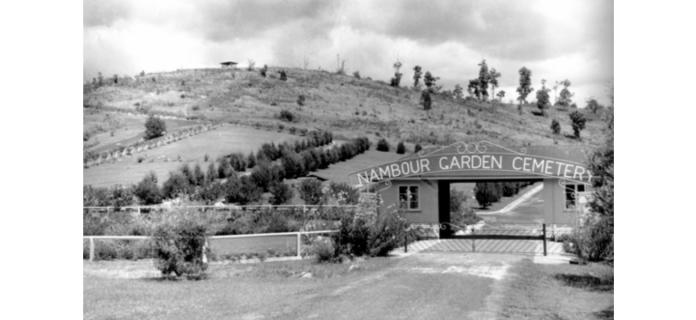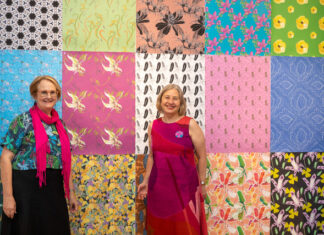They were among the most skilled artists of their day but could not have been any further from the spotlight, surrounded by the dead.
Monumental masons toiled in the quietest and most solemn of locations – cemeteries – where they decorated and embellished final resting places.
Masters of an ageless stone craft, the early rock stars even signed their work like an artist, partly out of pride and partly self-promotion.
It was a fascinating form that once flourished across our region, but there are many gaps in the history and stories to be uncovered.
That’s why the stonemasons and our cemeteries will be the focus of a fact-finding mission as part of the latest installment of Sunshine Coast Council’s Historian-in-Residence program.
The program sees local heritage experts shine a light on a broad range of topics from First Nations to European settlement stories, with the community invited to provide input.
Dr Lisa Murray will lead the foray into the evolution of cemeteries and the stonemasons who crafted history.
“There are 19 cemeteries on the Sunshine Coast, 15 of these and five burial sites are heritage-listed and great sources of heritage information,” Dr Murray said.
“Monumental masons were the public artists of their day and often the most skilled craftsmen in the area.
“The shape, style and material of a headstone are pointers to the period in which stones were manufactured.
“Many of these masons signed their work and while many were Brisbane based, I’m interested in uncovering those memorials attributed to Andrew Lang Petrie, who covered the period between 1903–1983.
“I’d be keen to hear from anyone who engaged the services of Petrie during this time or who has stories or photographs of local monumental masons.”
Dr Murray said individuals also chose memorials as a personal, yet public, expression of their beliefs, values and community connections, so anyone with information about why certain stones were chosen is of interest.
“I’m also researching cemetery trees, gates and entrances, unique memorials, grave furniture and floral displays, so photos, stories or information will be gratefully received.”
Dr Murray’s research will not only builds and strengthens our knowledge of Sunshine Coast heritage, it also provides avenues for possible heritage trails and resources.
Another current focus for the program is one of our most historic homes, Bankfoot House at Glass House Mountains.
Dr Ken Greenwood, a behavioural scientist, will be fleshing out the lives of the three generations of the same family who lived at the property, which was a staging post for those on their way to the Gympie gold rush, over its 134 years.
“Bankfoot House is a time capsule and unique for its in-tact collection, I’m hoping my research will strengthen and enrich the visitor experience and would love some help from the local community,” Dr Greenwood said.
“My research topic has three areas of focus and the first is to create properly referenced biographies for William and Mary Grigor and all of their descendants and spouses who lived at Bankfoot House.
“While death certificates, land matters and probate documents paint a good picture, it’s a little flat. To really bring the personalities to life and provide the best visitor experience to the heritage precinct, we need the colour that personal stories bring.
“I’d love to hear from anyone who knew the Grigors or their descendants and has stories, photographs or anecdotes that bring vibrancy to these characters.
“It can also be tricky to work out who was living in the house at any given time, so another part to my research will be to create a biography of the precinct itself, using the house as a narrator — hopefully providing an interesting way to share this information.”
Anyone who has information or photos to share on either topic is asked to contact Cultural Heritage Services via email at culturalheritage@sunshinecoast.qld.gov.au or phone 5420 8600.
For further information on the Historians in Residence program and to read past historian reports, go to heritage.sunshinecoast.qld.gov.au/about/programs-and-events/historian-in-residence
This project is supported by the Sunshine Coast Arts and Heritage Levy.
The levy, which is charged to every rateable property, is used to document, research, conserve, protect, promote and provide access to those tangible and intangible items, places, facilities and events that define the stories, history and values of the people, communities and culture of the Sunshine Coast.








